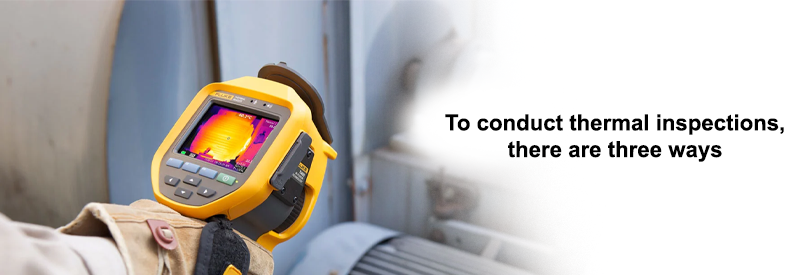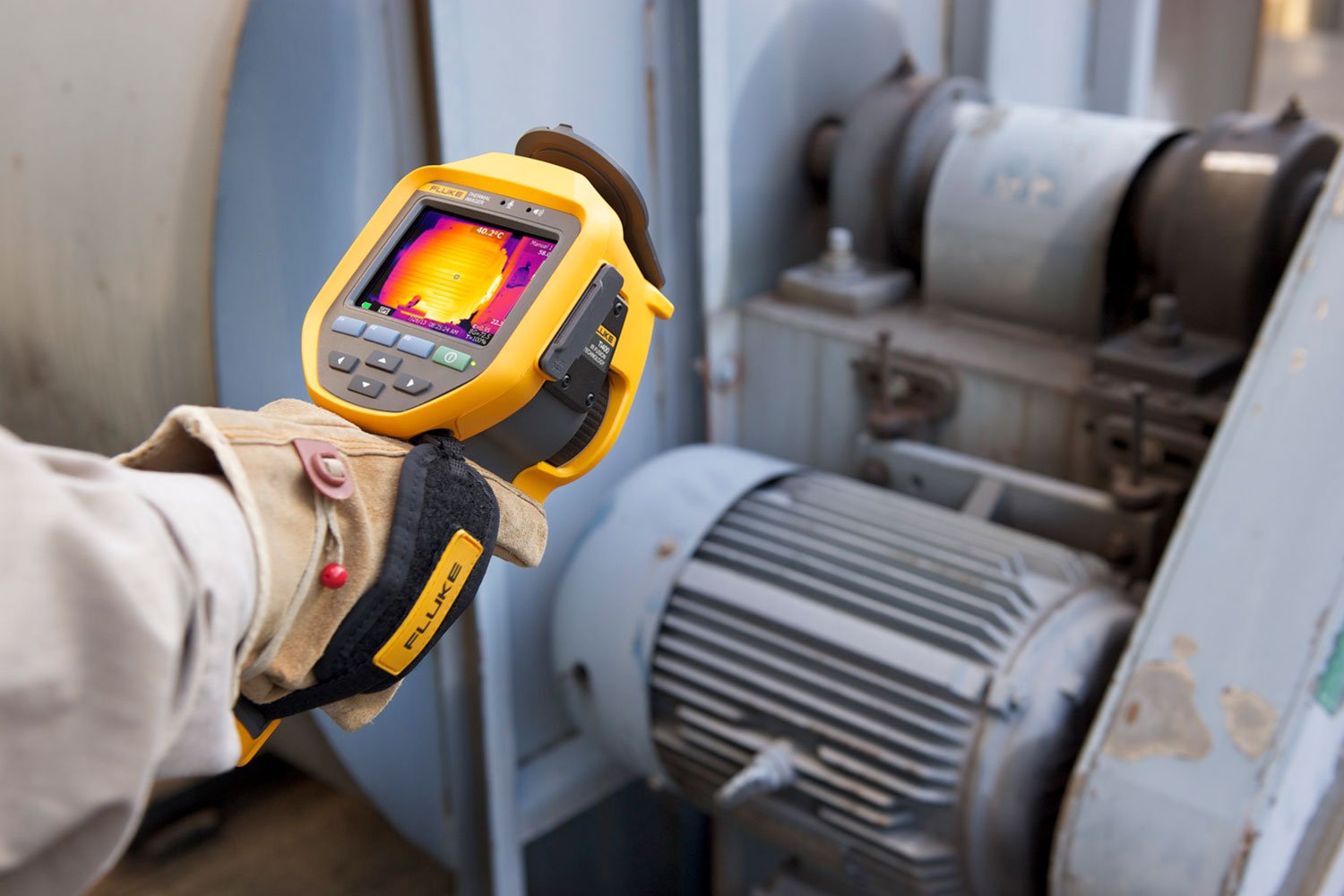
What is Thermal Inspection?
Thermal inspection, also known as thermographic inspection, is a technique used to detect and analyze heat patterns and temperature variations in objects or systems. It utilizes infrared technology to capture and visualize thermal energy, providing valuable insights into potential issues or anomalies.
Why is Thermal Inspection Important?
Thermal inspection plays a crucial role in various industries, including building maintenance, electrical systems, and mechanical equipment. By identifying temperature variations, it helps detect potential problems such as energy loss, faulty electrical connections, and equipment malfunctions. This proactive approach allows for timely maintenance and prevents costly breakdowns or accidents.
Three Ways to Conduct Thermal Inspections
There’s no universal solution for all infrared inspections with a thermal camera, also known as a thermal imager. You need to match your method to the type of equipment you’re inspecting and the level of detail you require. That said, there are three typical methods that cover most situations you’ll run into:
- Baseline thermography
- Thermal trending thermography
- Comparative thermography
1. Baseline thermography
Baseline thermography is a good place to start for just about any application. First, you scan the equipment when it’s first commissioned or later in the lifecycle when it is working the way it should be, and then use that as a reference point for future inspections. Whether you compare the thermal images on your camera in the field, or on your PC using software tools, this baseline approach paves the way to helping you spot anomalies down the road.

2. Thermal trending thermography
Once you’ve set your baseline, you can use thermal trending inspections to compare how temperature is distributed in the same components over time. This can help you detect declining performance over time so that you can hopefully schedule downtime maintenance before equipment schedules it for you.

3. Comparative thermography
As you might expect, this means you scan similar components with your thermal camera under similar conditions and compare the results. This method relies on the idea that you expect similar or identical components, under similar loads, to have similar temperature profiles. Once you have three or more components it’s relatively easy to pick up an anomaly. Simple, right? Well, mostly. There’s one more level of complexity to consider: Depending on the components being compared, the actual temperature difference that can be considered an anomaly will vary.

In conclusion, thermal inspections are essential for maintaining the integrity and efficiency of various systems. By utilizing infrared technology and specialized tools such as infrared cameras, thermal imaging drones, and handheld thermal scanners, experts can detect and address potential issues before they escalate. Whether it's identifying energy loss in a building, detecting faulty electrical connections, or assessing mechanical equipment, thermal inspections provide valuable insights and contribute to safer and more efficient operations.
